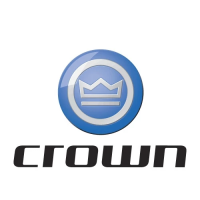33
32
Daily Safety Check
Daily Safety Check
Daily Safety Check
CHECK YOUR TRUCK BEFORE STARTING WORK
You must make sure your truck is safe to use.
1. Walk around your truck and check it over.
• See that all wheels and tires are in good condition.
• Make sure all lights are working.
• Check that both forks are secure and not bent, cracked
or badly worn.
• Inspect all lift chains for damage.
• Look under the truck for signs of fuel, oil, or coolant leaks.
• Inspect the seat belt for wear.
• Turn the key to TEST. Make certain the display warning
alarm and all indicator lights are working.
• Test the horn.
For LPG Trucks
• Check for propane gas leaks. (Gas odor or frost on the
cylinder or fuel valve).
• Check that fuel hoses are not cracked or worn.
• Inspect the fuel system and other parts for damage.
• Make certain the propane cylinder is properly installed
and secure.
When raising the seat deck
Tilt the steering wheel up, remove the storage tray (if
present), and move the seat and armrest towards the rear.
Raise the seat deck to the open position.
Note:
A seat deck
can fall. Make certain the gas struts are working properly and
will hold the seat deck securely in the open position.
When using air-filled tires
• Check for missing lug nuts. Remove debris from the tire
tread. Do not operate the truck if the tires are damaged.
• Check the tire pressure. Do not add air if the tire pressure
is low. Report the problem to your supervisor.
2. Test drive your truck in an decongested area.
• Fasten your seat belt.
• Adjust the operator seat and steering wheel to a
comfortable position. Make sure that you can fully
operate the controls.
• Try all the hydraulic functions.
• Check that the steering is easy and smooth.
• Check braking distance in forward and reverse.
Load size and floor conditions can affect these
distances.
• Drive the truck slowly in both directions.
• Drive through the full speed range in both forward
and reverse.
• Know the distance it takes to stop before you start
working. If the braking distance is too long to stop
safely, don't drive the truck.
If anything doesn't look or feel right, don't drive the truck. Report
the problem to your supervisor.
You can use the checklist form that came with your truck.
Used properly, this checklist can alert service people to
needed repairs.

